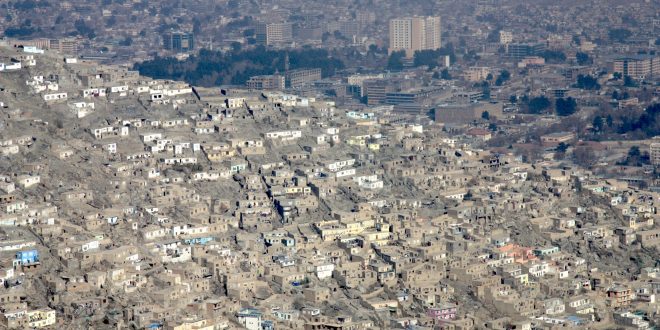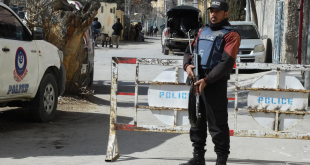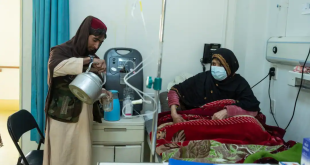by Elenoire Laudieri
European analyst of international affairs
AT Kabul: Three years after the end of U.S. and Nato military occupation, Afghanistan is receiving little if any attention in the West. It is believed that since the return of the Taliban government, the country has fallen into social and political misery. When thinking of Afghanistan, Western countries seem only preoccupied with the lifestyle of women, the rest being viewed unworthy of notice.
Yet, in just three years the country has made many improvements. For a start, it achieved peace and security. The war had the effect of generating chaos and dividing the country with millions of people beyond the reach of aid organisations.
While the previous government neglected those living in remote places, the Taliban government consider rural Afghans as a key part of their support base and encourage foreign aid for these isolated communities. Access to these places remain difficult because some parts of Afghanistan’s territory is hard to cross, but veteran aid workers say their reach into the far corners of the country is greater than during any period in recent decades.
Hundreds of roadblocks have been dismantled and highways and tunnels are being repaired. Overall, travel is much safer. Many Afghans are rediscovering their own country and reuniting with relatives in places too dangerous to visit during the military occupation.
Authorities completed several dams and pushed ahead with the construction of the Qush Tepa Canal on the northern border, which is designed to irrigate over 500,000 hectares of farmland. They are also building and fixing up transport routes like the Salang tunnel linking Kabul with the north of the country and a road that will connect Afghanistan with China.
Finally, few outsiders have taken note of a surprising last positive indicator: the surge of primary school attendance for both girls and boys. The West is protesting the ban on girls from public education but the numbers show a different story. According to a World Bank survey, 60 per cent of girls aged seven to twelve were enrolled in primary schools in 2023, up from 36 per cent before the return of the Taliban government. More boys have also gained access to schooling, and the gender gap is narrowing. The biggest factor limiting further improvement is a shortage of schools in rural areas.
 Afghanistan Times
Afghanistan Times




